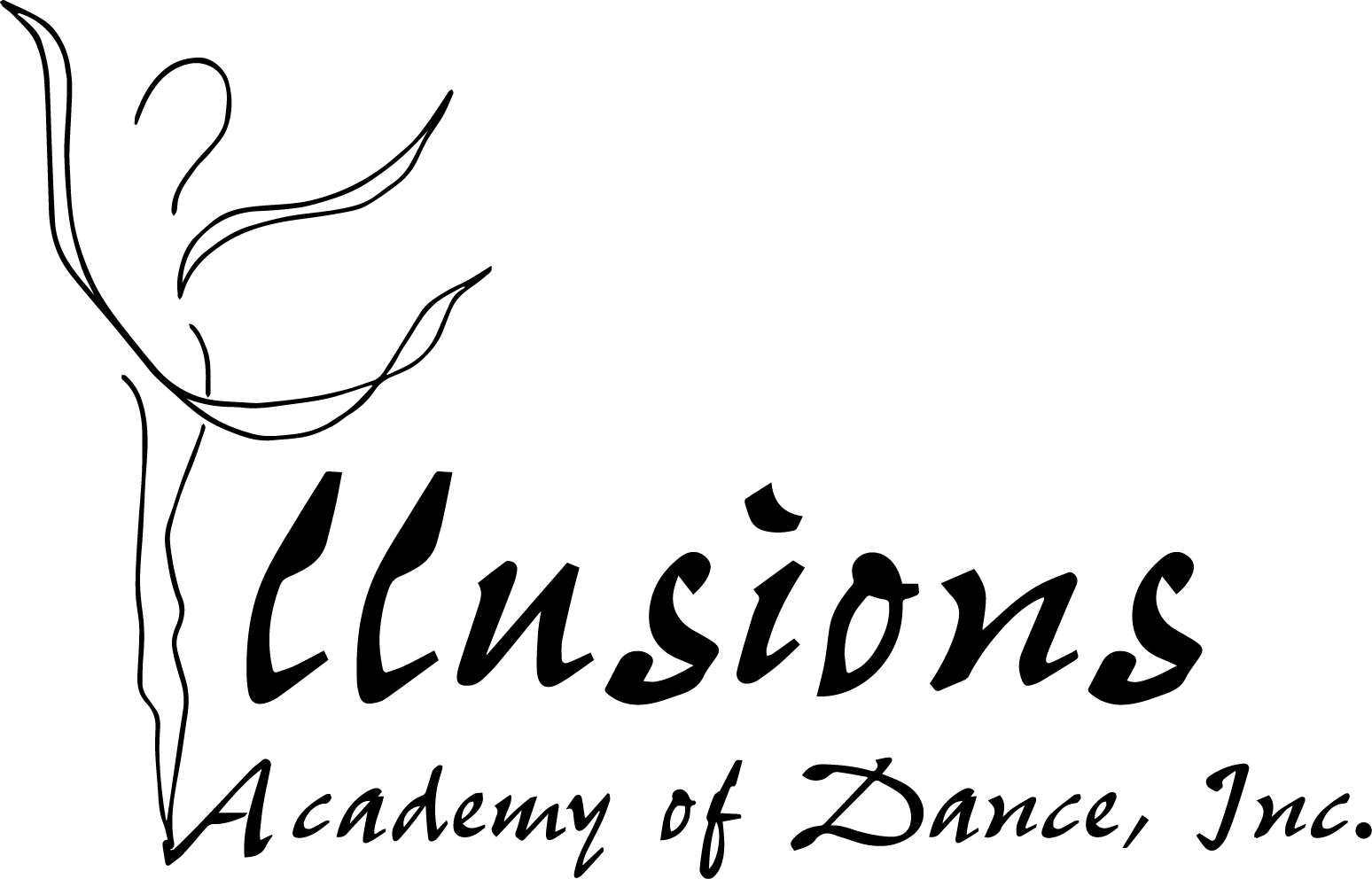FAQs
+ Do students wear a uniform?
Yes, the uniform leotard is complimentary with registration. The uniform brings a sense of community, inclusivity, and responsibility to our acacdemy. It is also important for teachers to see the alignment of the body during class, so the leotard and tights uniform plays a critical role in injury prevention.
+ Are you a performance school?
Yes, our students participate in two performances annually-- December and June. Performance is a great confidence builder for young dancers and it is an integral part of a performing art. Please see our website blog to learn more about our brain-based dance education.
+ Are you a competition school?
We have a Performance Company that participates in regional and national competitions, nursing home performances, Disney Performances and Workshops, master classes, field trips and more. Visit the Performance Company page for more information on our Performance Company options.
+ Are there costume fees associated with enrollment?
Yes, there are two costume bundles associated with enrollment. The December costume bundle and the June costume bundle are combined for an overall annual costume balance. The overall balance is split into 2 payments due in November and February.
+ Should dance class be fun? Is it always about technoque?
Absolutely! Children should be enrolled in a program that allows them to enjoy learning about the art of dance. It is important that students enjoy participating in dance class; however, it is equally as important that students are given quality dance training. Please visit our websute blog for more information on the research behind our curriculum.
+ What is Ballet technique?
Ballet technique refers to the introductory and foundational principles, steps and terminology on which ballet is built. These principles are progressive and mayinclude posture, turnout, pointing the toe, injury prevention, flexibility, and more.
+ What is alignment?
Alignment refers to the ability to keep the head, shoulders, and hips aligned vertically and horizontally. Turnout refers to the dancer's ability to complete movements with the legs rotated outward. Alignment can and should be applied to all genres of dance. It is important to inquire if your dance educator is trained in pricniples of dance anatomy and kinesiology.
+ Why is Ballet technique so important to all dancers?
Ballet technique is written in French, the traditional language of dance has specific terminology. By learning the meaning of these terms, the dance movements will become easier to execute. Through this exposure, dancers will also build a strong and healthy foundation.
Ballet classes are designed with emphasis on building strength. It is crucial that dancers develop strength in the legs and the core. This strength is necessary for many movements such as turns. Ballet training also fosters the development of flexibility and strong ankles for Pointe dancing. Ballet technique is dvised to build good habits and protect the dancer's muscles, limbs, bones, and health. For instance, a young dancer is taught not to “sickle” to prevent future injuries to the ankle.
Interestingly, the technique found in Classical Ballet is a framework for other styles of dance which include Hip Hop, Modern, Tap, Jazz, Ballet and Contemporary.
10 Tips on Choosing the Best Program for Your Child
Enroll your child in a program in which the staff of the facility encourages the children to do the best that they can.
A professional dance studio will focus on one thing: your child's continued progress in dance. Many dance studios focus more on fun and recreation. In these cases, the main focus of the program is usually the annual recital.
If you want your child to receive quality instruction, choose a professional dance studio with organized goals and objectives.
A quality dance studio will not offer serious Ballet training to dancers under the age of 7 or 8. Experienced dance instructors know that before this age, the body is not ready for the demands of serious Ballet training.
Your children should be enrolled in a program that encourages the participation of parents.
A quality dance teacher will have very strict guidelines as to when your child will be able to start Pointe. Dancing on your toes requires tremendous strength and discipline in order to prevent injuries to the feet and ankles. It is important that the child has developed physical maturity before beginning Pointe. Generally, children are not advised to enroll in Pointe before the age of 13.
You should be provided with written information on tuition costs and other fees that you will be responsible for during the year. Most dance studios offer your child the chance to perform in an annual performance, but you will be expected to pay for a costume or two.
Check out the philosophy and program objectives of the studio you are interested in. Be sure to ask if your academy has created a curriculum! Bonus Tip: Ask if the program you would like to enroll in has training in Brain-Compatible Dance Education or the Conceptual Dance Approach. See our website blog for more information!
Directors should have educational experience in addition to their own dance training. Just as in any other profession, it is critical that dance teachers participate regularly in continuing education. They should be well versed in dance and in teaching methods.
Look for a facility that offers a variety of classes in which your child is interested in enrolling.
